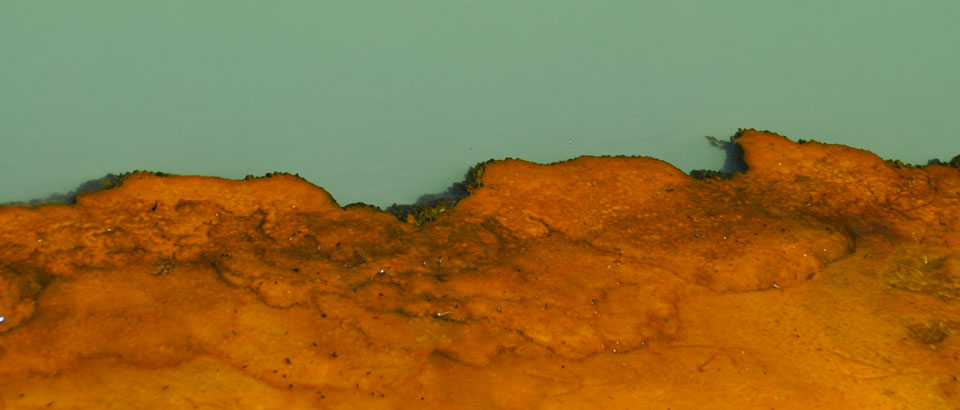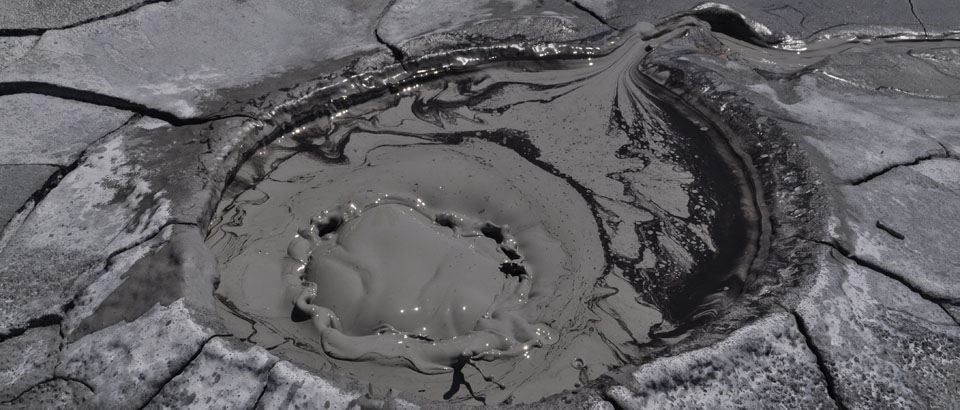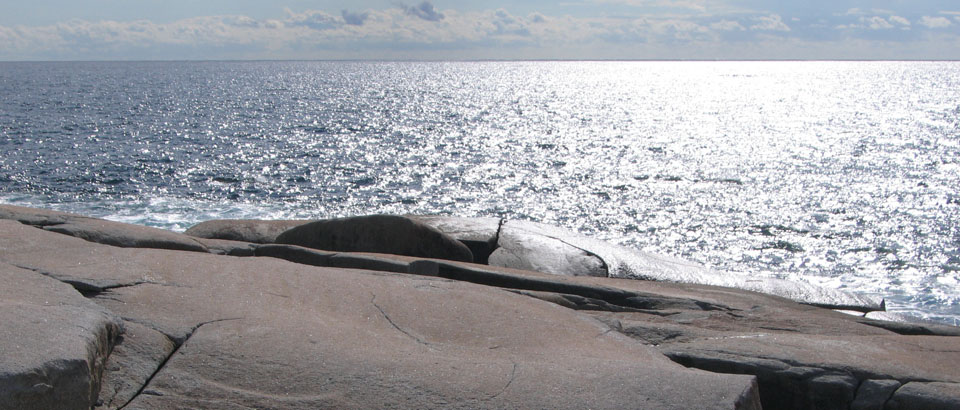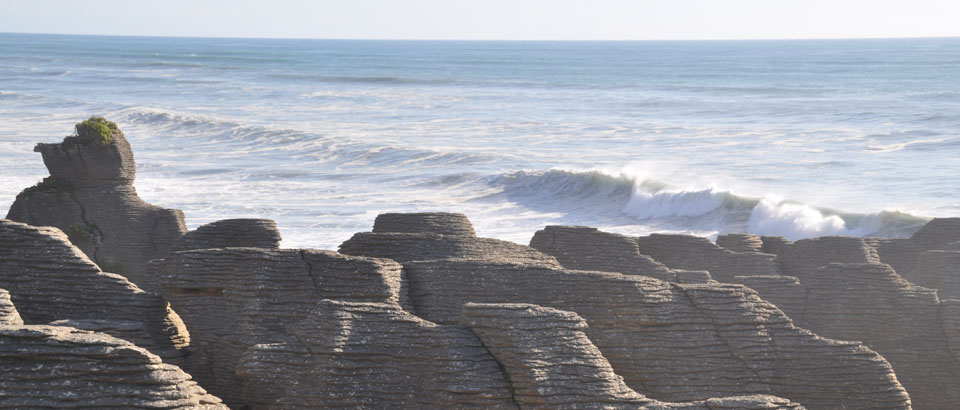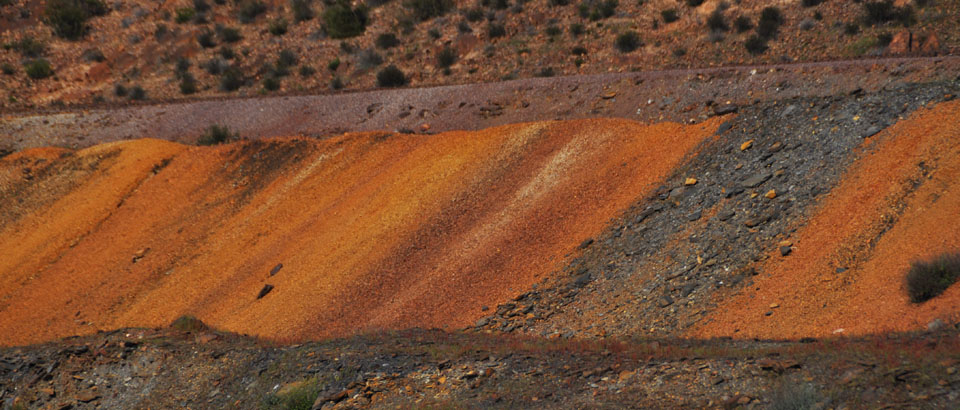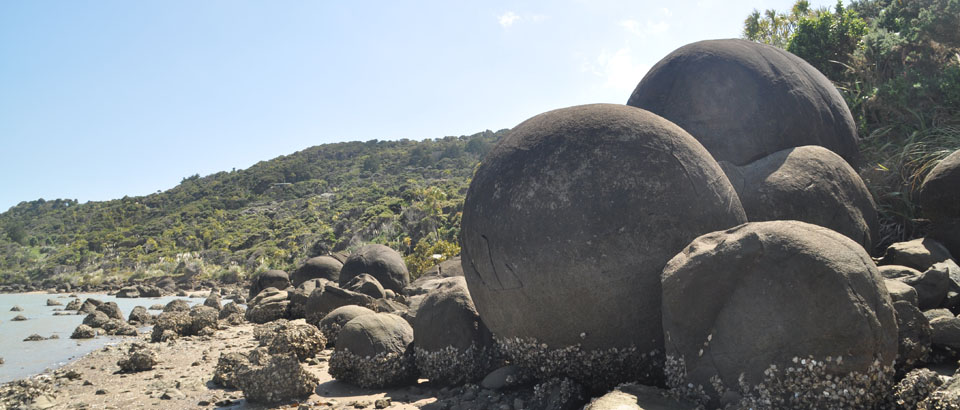Influence of mechanical stratigraphy on fault scaling relations, M.R. Gross, G., Gutiérrez-Alonso, T. Bai, M.A. Wacker, K.B. Collinsworth, R.J. Behl, 1997, Journal of Structural Geology, 19, 171-183. DESCARGAR-DOWNLOAD.
RESUMEN-ABSTRACT
Abstract- In order to document effects of mechanical anisotropy, fault geometry, and structural style on displacement-length (D-L) scaling relations, we investigated fault dimensions in the lithologically heterogeneous Monterey Formation exposed along Arroyo Burro Beach, California. The faults, which range in length from several centimeters to several meters, group into two populations: small faults confined to individual mudstone beds, and larger faults that displace multiple beds and often merge into bedding plane detachments. Whereas a linear correlation exists between displacement and length for small faults, displacement across large faults is independent of length. We attribute this deviation from scale-invariance to a combination of geologic factors that influence fault growth once faults extend beyond the confines of mudstone beds. Propagation of large faults across higher moduli opal-CT porcellanite leads to a reduction in D/L, as does the development of drag folds. Further scatter in D/L occurs when fault tips splay as they approach detachments. Large faults eventually merge into bedding plane detachments, which originally formed due to flexural slip folding. Extremely high D/L are recorded for these merged faults as they accommodate block rotation within a simple shear zone. Thus, both mechanical stratigraphy and the temporal evolution of fault systems can lead to a breakdown in fault scaling relations thought to characterize isolated fault growth in a homogeneous medium.


